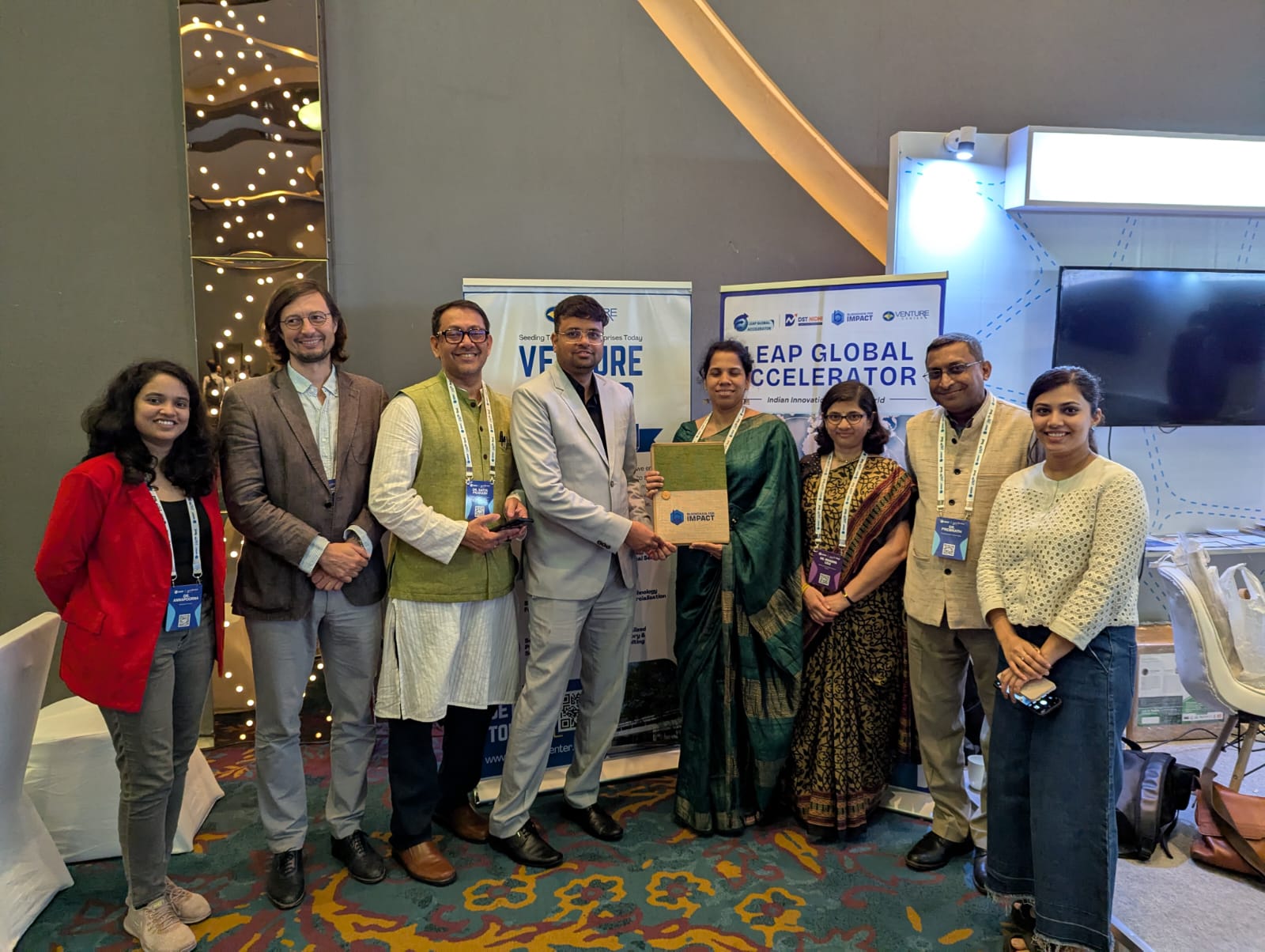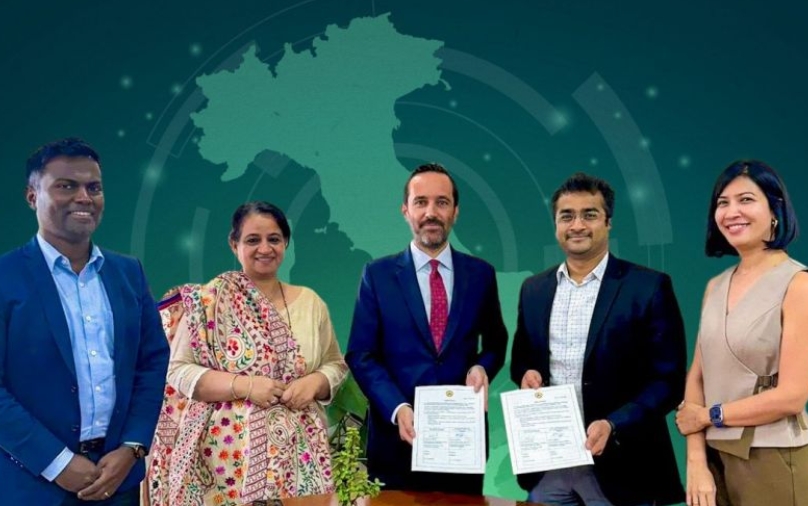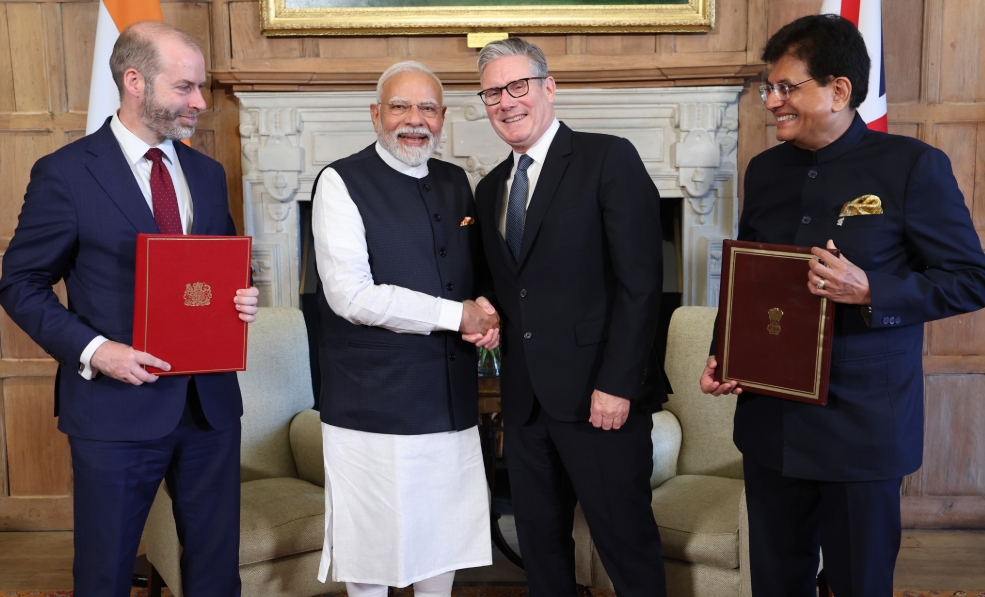"The government should allow GM crops after thorough analysis of the bio-safety and environmental safety issues"
March 07, 2007 | Wednesday | News
New Page 1
"The government should allow GM crops after
thorough analysis of the bio-safety and environmental safety issues"
-PS Dravid, president, JK Agri Gentics Ltd
Please tell us about your Btcotton
seeds journey in India?
We launched Bt cottonseeds during the 2006 kharif season with
four hybrids in different zones, these being JKCH 1947Bt for the north zone, JK
VarunBt for the central zone and JK DurgaBt and JKCH 99Bt for the south zone.
We decided to enter the Bt cotton area during 1999-2000 by
establishing a biotechnology research and development laboratory. We are
primarily concentrating on crop improvement programs in various mandate crops.
Biotechnology is being used as a tool (including GM crops) in this effort. Our
focus is on developing transgenic crops, marker assisted selection and breeding,
and DNA fingerprinting and analysis.
Since genetically modified cotton was getting a lot of
attention at that point of time and as also Bt cotton technology was being
successfully cultivated in the US, we entered into the Bt cotton area to start
with.
What were some of the challenges that
you faced while launching the Bt cotton seeds?
We faced several challenges while launching Bt cotton seeds
in India. Some of the challenges are :
-
Technology sourcing was a difficult task as multinational
companies were charging a very high price and trait value fee for access to
their technology.
-
Understanding the regulatory procedures and conduction of
extensive trials to ensure bio-safety compliance of the event and to prove
the superiority of products in different agro-climatic zones.
-
High degree of coordination and follow-up were required
in getting the clearances.
-
Delay in the launch of the product resulted in
substantial loss of the market share in non-Bt segment. We had to make fresh
efforts to re-launch our seeds after getting the approvals.
How has the sales of Bt cottonseeds been?
During the 2006 kharif season, we sold around 2.5 lakh
packets as we had received permission for seed production to the extent of only
100 hectares for each hybrid. We will be scaling up the sales volumes manifolds
during 2007-08.
Are you looking at other technologies?
We have developed the technology in collaboration with IIT
Kharagpur by giving sponsored research project to them for incorporating Cry 1Ac
gene in our lines. At this stage, we are also looking at stacking a second gene
obtained from NBRI, Lucknow, over the Cry 1Ac to have the product suitable for
wider pest control.
What are the initiatives you have taken
to promote Bt cottonseeds?
We conducted large-scale trials as per GEAC guidelines during
the 2005 kharif season to study the performance of our hybrid field conditions.
We took this opportunity to showcase our products to the farmers and gave them
the know-how for cultivation of Bt cotton in their respective areas.
What are the current promotional
activities? Have farmers accepted Bt cotton? And what are the challenges now?
We are focusing chiefly on educating farmers through field
days and field visits. A large number of farmer meetings are conducted in the
villages to create awareness. The X- gene brand will be further strengthened
through various dealer conferences across the cotton-growing areas of the
country. We will be utilizing various advertising media like the Press, TV
channels, leaflets, posters for branding the X-gene further.
We will be conducting technical trainings for our employees
and the field staff to upgrade their technical skills.
To a large extent, farmers have accepted Bt cotton technology
and in a year or two they would also learn to harvest more and better kapas in
different segments of cotton in various parts of the country.
The challenges now appear to be in the change of cultivation
practices where the farmer is required to have special focus on nutrient
management of the crop from time-to-time. Since nutrient management becomes very
difficult in rain-fed areas, it will be a major challenge to the farmers. The
other challenges are managing drought, sucking pests and superior fiber quality.
What are some of the measures that can
be initiated to check the sale of spurious Bt cottonseeds?
We have been requesting the government to give early
clearances to alternate technology. This will bring about a healthy competition
amongst the various players which would automatically put a check to the illegal
sale of spurious cotton seeds in the market.
The issue on price has brought most of
the state governments under one umbrella to take on the corporate. Is this is a
good move?
It was a good step on the part of the state government to
bring the companies together and ask them to bring down the prices. The
reduction in price would definitely be an encouragement to the farmers to
cultivate Bt cotton and put a check on the sale of illegal spurious cottonseeds.
However, now that a large number of brands have come into the market, the
government could allow the market forces to determine the price rather than
regulating.
Do you see a price war with more agri firms (with
different technologies) entering the Bt cotton space?
Owing to a very narrow time span window available for sale of
cotton seed, price wars have become inevitable in the seed sector, more so
because of un-differentiated products. Bt cotton can be an exception to the
price.
How do you see the future for Bt
cottonseeds in India and other Bt food and feed crops?
Bt cottonseed has come to stay. Acreage will steadily grow in
the coming years. There could be a good scope for other genetically modified
crops. If the government comes out with clear cut and transparent regulatory
procedure for the approval of the food crops, more research could be taken up
for the development of seeds carrying various Bt traits.
Why has there been a mixed response to the success of
Bt cotton in India?
Bt cotton has received a mixed reaction primarily in the
media. Looking to the large scale adoption that had taken place in Gujarat,
Punjab and AP, there is no doubt about the success of Bt cotton in India.
However, in some parts of the rain-fed areas in the country, Bt cotton was not
successful as expected by the farmers, which was mainly due to other factors and
had nothing to do with Bt cotton per se. Similarly, in the past few years, a lot
of spurious and illegal seed has spread in major cotton growing tracts of the
country. These could be the reasons for mixed reaction on Bt cottonseed in the
media.
What is the status of your R&D for
the GM crops?
We have a full-fledged biotechnology lab wherein we are working on several
genes for various traits like biotic and abiotic strains. We would also be
working on a number of other crops for developing salinity and drought tolerant
hybrids. We are building up our R&D as well as marker assisted selection
with novel traits with the help of biotechnology tools.









